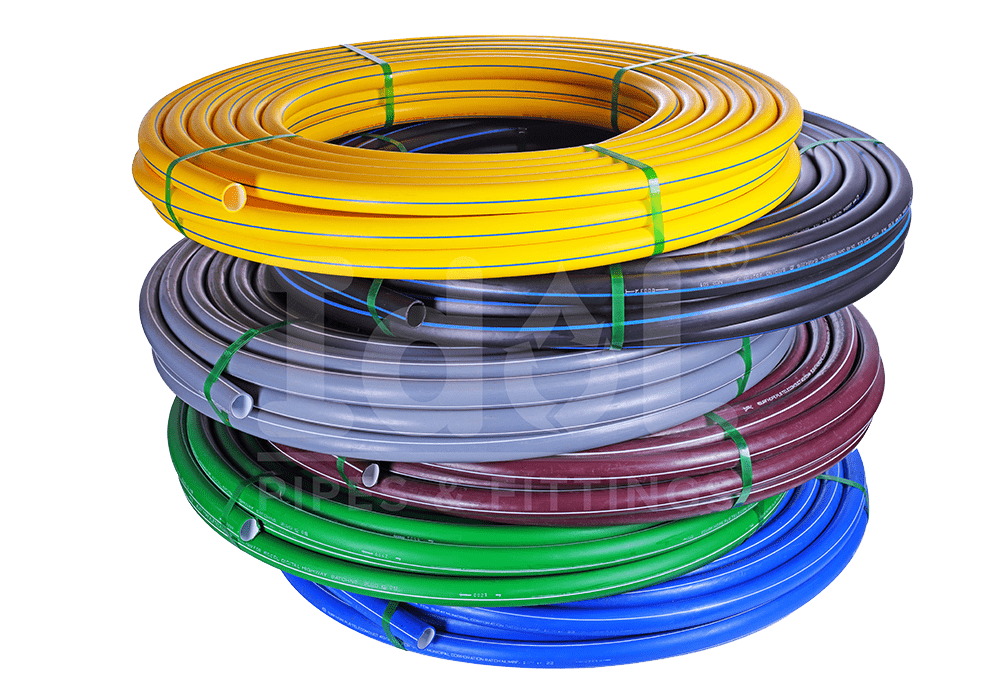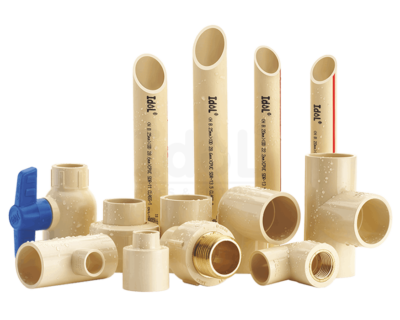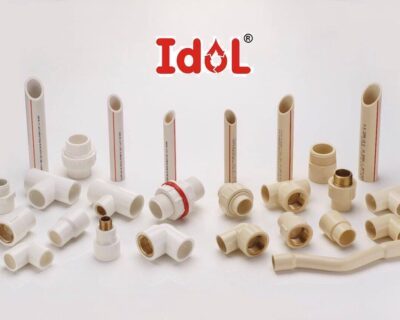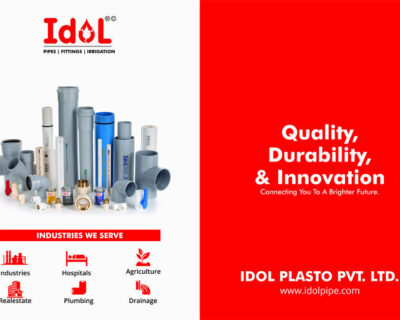Updates

What is a HDPE pipe and It’s Uses & Benefits
HDPE pipe
HDPE pipe is a flexible plastic pipe made of thermoplastic high-density polyethylene broadly utilized for low-temperature fluid and gas transfer. In time, HDPE pipes got their extensive use for conveying consumable water, hazardous wastes, different gases, slurry, firewater, stormwater, etc.
The solid molecular bond of HDPE pipe materials helps it with utilizing high-pressure pipelines. Polyethylene pipes have a long and distinguished service history for gas, oil, mining, water, and different enterprises. Due to its low weight and high corrosion resistance, the HDPE pipe industry is developing tremendously.
Uses of HDPE pipe
HDPE pipes are preferred for their lighter weight compared to iron or galvanized pipe. These flexible and reliable pipes come with unequaled consumption and chemical resistance.
HDPE pipes are accessible in various sizes, colors, measurements, and lengths. Buried electronic or telecom cables in HDPE pipes can stay secured with cruel weather, Wildlife, vegetation, vehicle, and vandalism as contrasted with aerial wires.
As HDPE pipes are lightweight, it is simple to install and transport. It is additionally simple to repair these pipes as a damaged part of the cylinder can be cut, and a new pipe can be associated through both ends. The process is known as the butt fusion. On the other hand, damaged and unsophisticated galvanized iron can be replaced only. Thus, over the long run, galvanized steel pipes are more costly to utilize.
Read Blog:What is a cpvc pipe? it’s advantages
Benefits
HDPE pipe is amazingly high because of its many benefits, and consistently we see another application for the polyethylene pipe, which is frequently inventive and unique, and in numerous utilizations of the polyethylene pipe, this pipe has become an alternative for different kinds of pipes.
High density polyethylene (HDPE) pipes are utilized in a wide space of urban, industrial, marine, drilling and agricultural pipelines. The utilization of polyethylene pipes has been verified and proved in situations such as a ground level, covered state, floating situation, and sub-surface levels. Polyethylene pipes can transport drinking water, chemicals , slurries, and wastes and gases.




